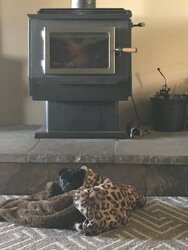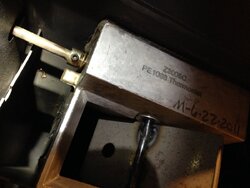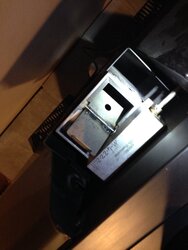jetsam
Minister of Fire
The Condar SteelCats I bought for my Jotul 12’s were diesel foil garbage. They disintegrated within a year, so I just replaced them each year under warranty. I’m not sure what Condar uses for their BK SteelCats, but suspect diesel foil is what they do.
BK specifies Durafoil only, for SteelCats. I’d avoid Condar for this.
I bought a condar steelcat last year. It had the rigid square cells. Paid $100 extra for it versus getting it from firecat since the firecat people can't seem to respond to either email or the query form on their website. (As of a year later, they still haven't answered either message; I'll try them again in a year or two when I go cat shopping.)






 Needed that.
Needed that.